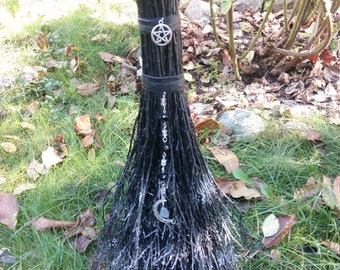

During spring rains, telia form orange, jelly-like deposits on leaves and branches. Telia are cushion-like, reddish-brown, and not very noticeable until spring. Symptoms Infected branches can produce a witches' broom-a perennial structure in which the branch at the base of the broom is swollen with the growth of many short lateral shoots. Not all brooms are due to rust fungi and in Southern Oregon forests you might see Incense cedar mistletoe ( Phoradendron libocedri). This is not cedar apple rust, although the diseases are related. Spores, from a single infection, may be produced over a 2- to 3-year period on cedars. The jelly-like orange masses will be seen the following spring. Spores produced on this host are windblown to the incense-cedars, where they initiate infections. On the deciduous host, leaf spots will be produced later in the spring.

Spores can be blown in the air for up to 6 to 10 miles. The spores do not re-infect incense-cedars, but are windblown to the deciduous host. Telia may produce spores over several weeks in the spring. Infections on incense-cedars in early spring produce spores in jelly-like orange masses (telia) during wet weather. Alternate hosts are apple, crabapple, hawthorn, mountain ash, pear, quince and serviceberry ( Amelanchier). Pear ( Pyrus spp.) - Pacific Coast Pear RustĬause Gymnosporangium libocedri, a fungus found frequently on incense-cedar ( Calocedrus decurrens).


 0 kommentar(er)
0 kommentar(er)
